Italy
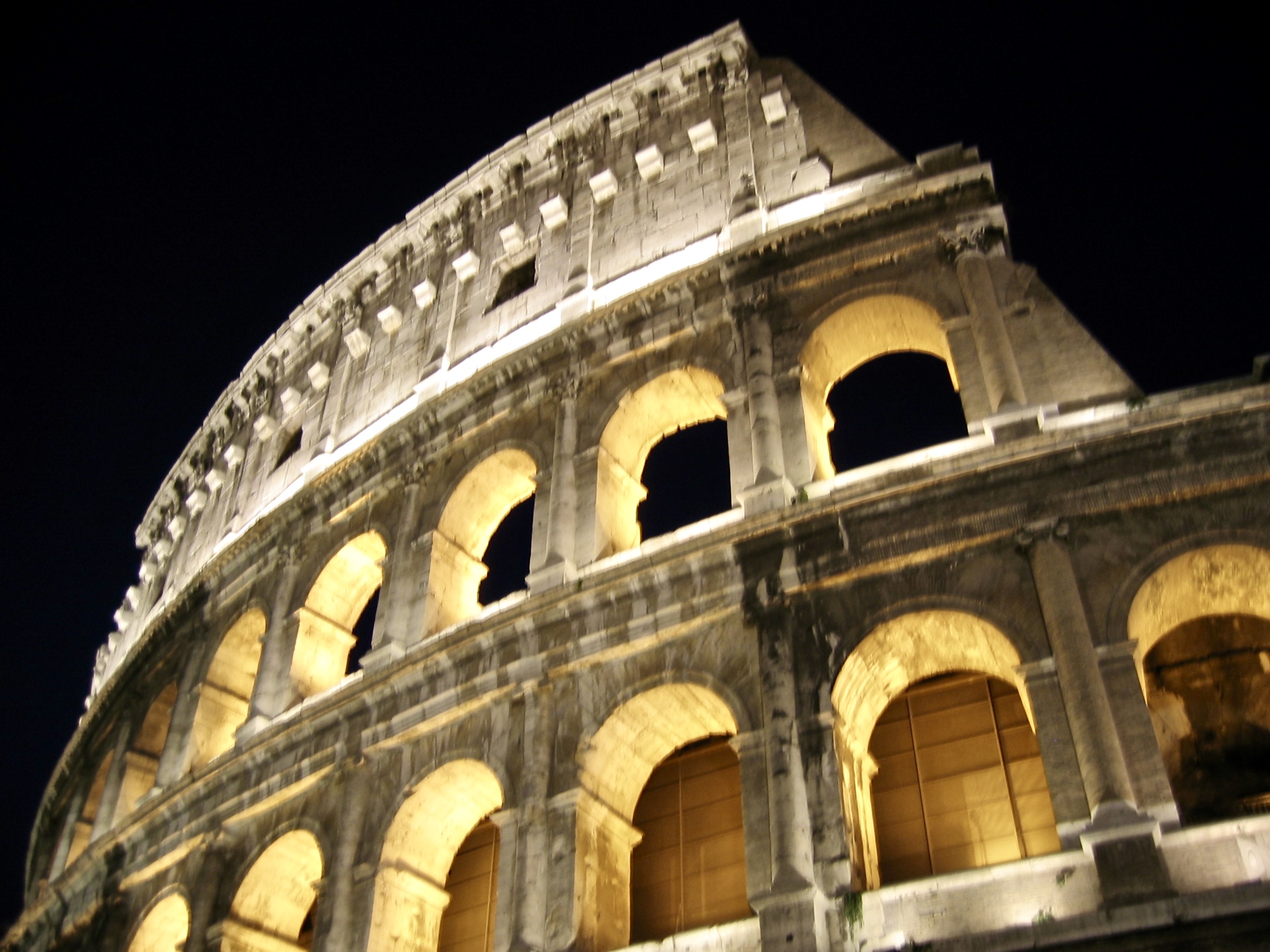
Colosseum in Rome, Italy
The Colosseum is an elliptical amphitheater in the center of the city of Rome, Italy, just east of the Roman Forum. It is the largest ancient amphitheater ever built, and is still the largest standing amphitheater in the world, despite its age.
Although substantially ruined by earthquakes and stone robbers taking spolia, the Colosseum is still a renowned symbol of Imperial Rome and is listed as one of the New 7 Wonders of the World.
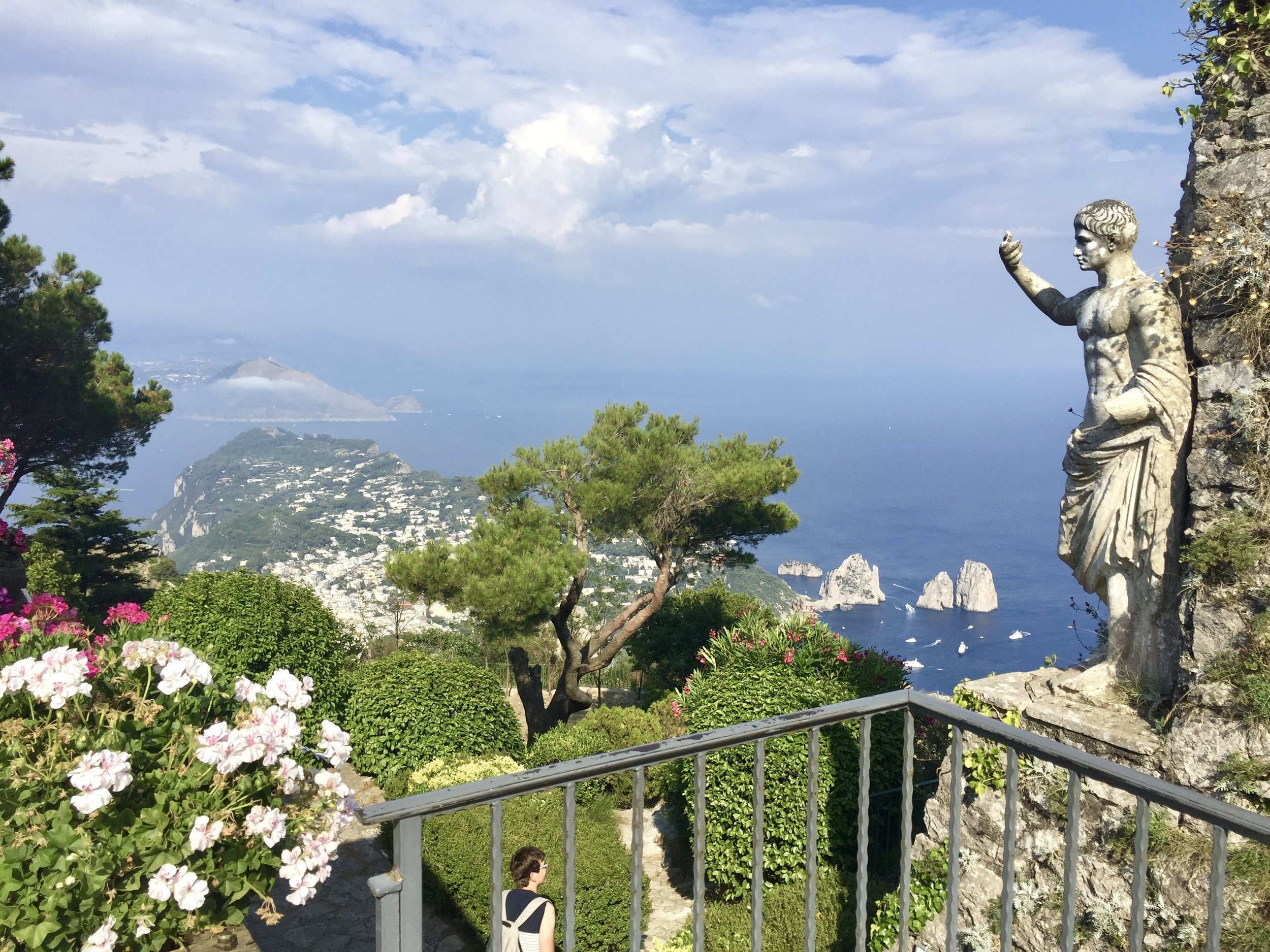
Monte Solaro on the island of Capri, Italy
Monte Solaro is a mountain on the island of Capri in Campania, Italy. With an elevation of 589 m, its peak is the highest point of Capri.

Bridge of Sighs in Venice, Italy
The Bridge of Sighs can be found along the Grand Canal in Venice, Italy. The Bridge was built in 1600 by Antonie Contino. He is also coincidentally the nephew of the designer of the Rialto Bridge. The bridge connects the New Prison (Prigioni Nouve) to the interrogation rooms in the Doge's Palace.

Portofino, Italy
Portofino is a comune located in the Metropolitan City of Genoa on the Italian Riviera. The town is clustered around its small harbor and is known for the colorfully painted buildings that line the shore. Since the late 19th century, Portofino has attracted tourism of the European aristocracy and it is now a resort for the world's jet set.
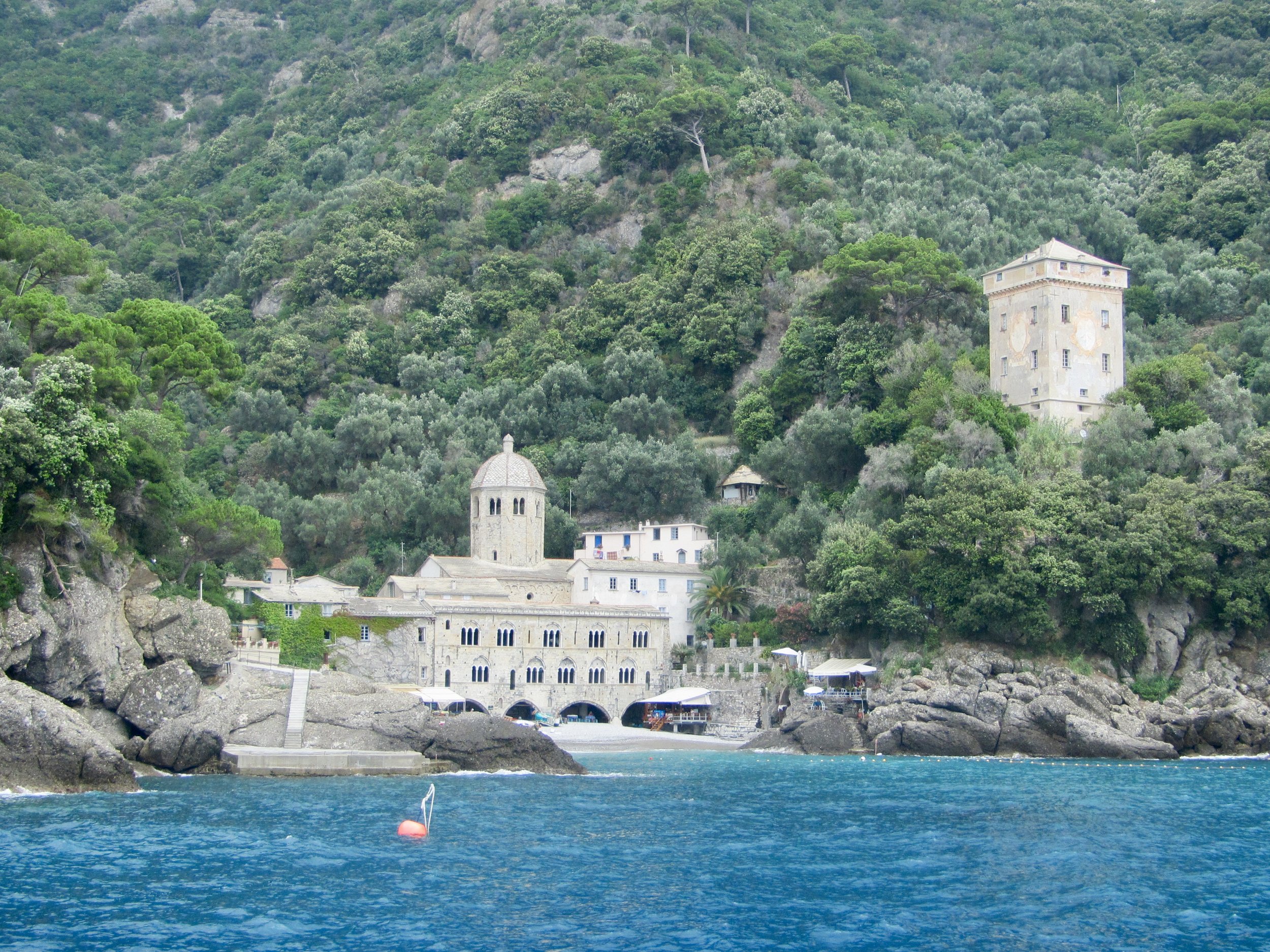
A church you can only get to by boat (between Portofino and Camogli)
The Abbey of San Fruttuoso is on the Italian Riviera between Camogli and Portofino. It is the seat of the Catholic parish of the same name of the Vicariate of Recco-Uscio-Camogli, Archdiocese of Genoa.
The abbey is located in a small bay beneath a steep wooded hill. It can only be reached by sea or by hiking trails, there is no road access.
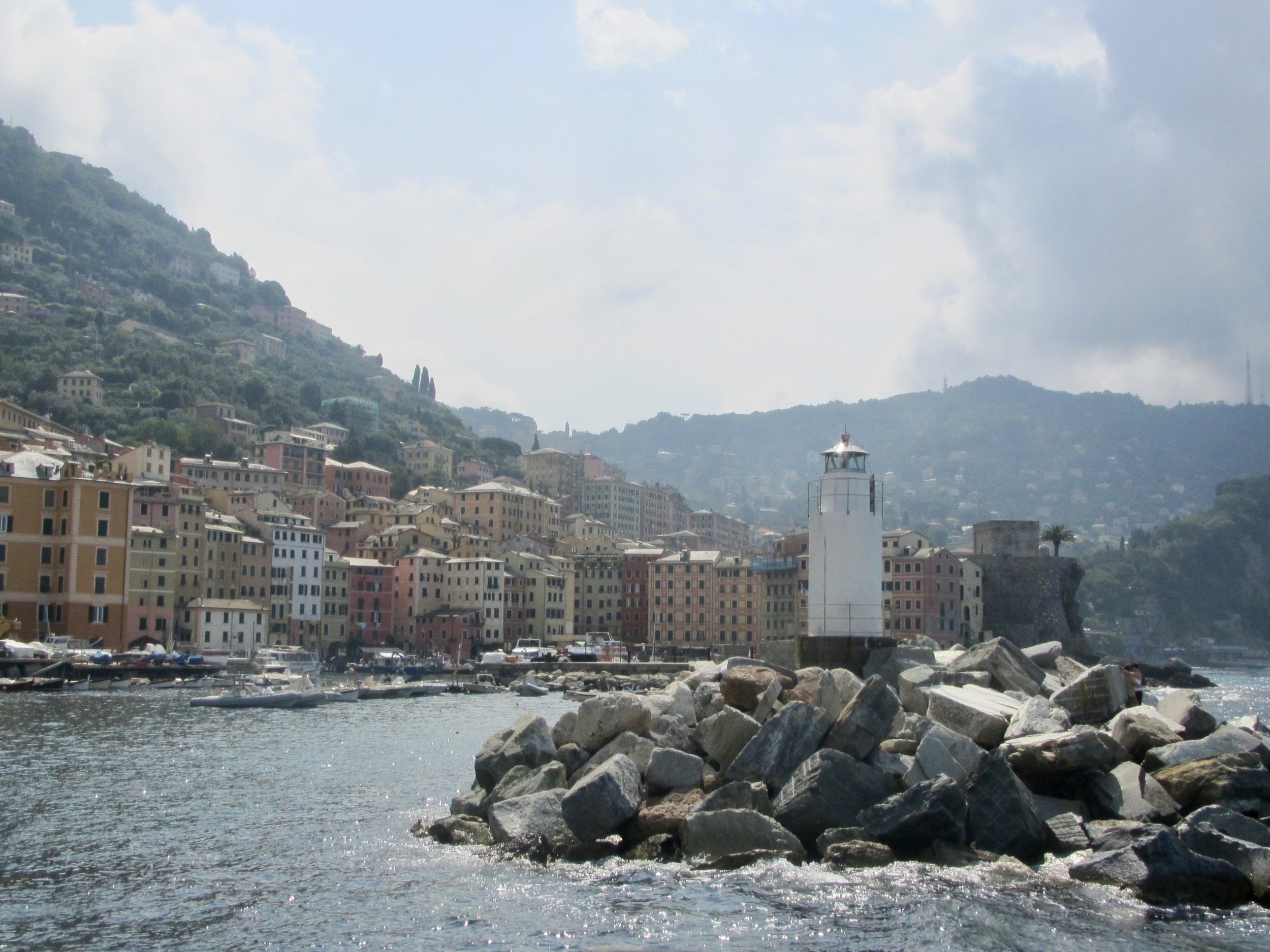
Looking back at Portofino from the tour boat
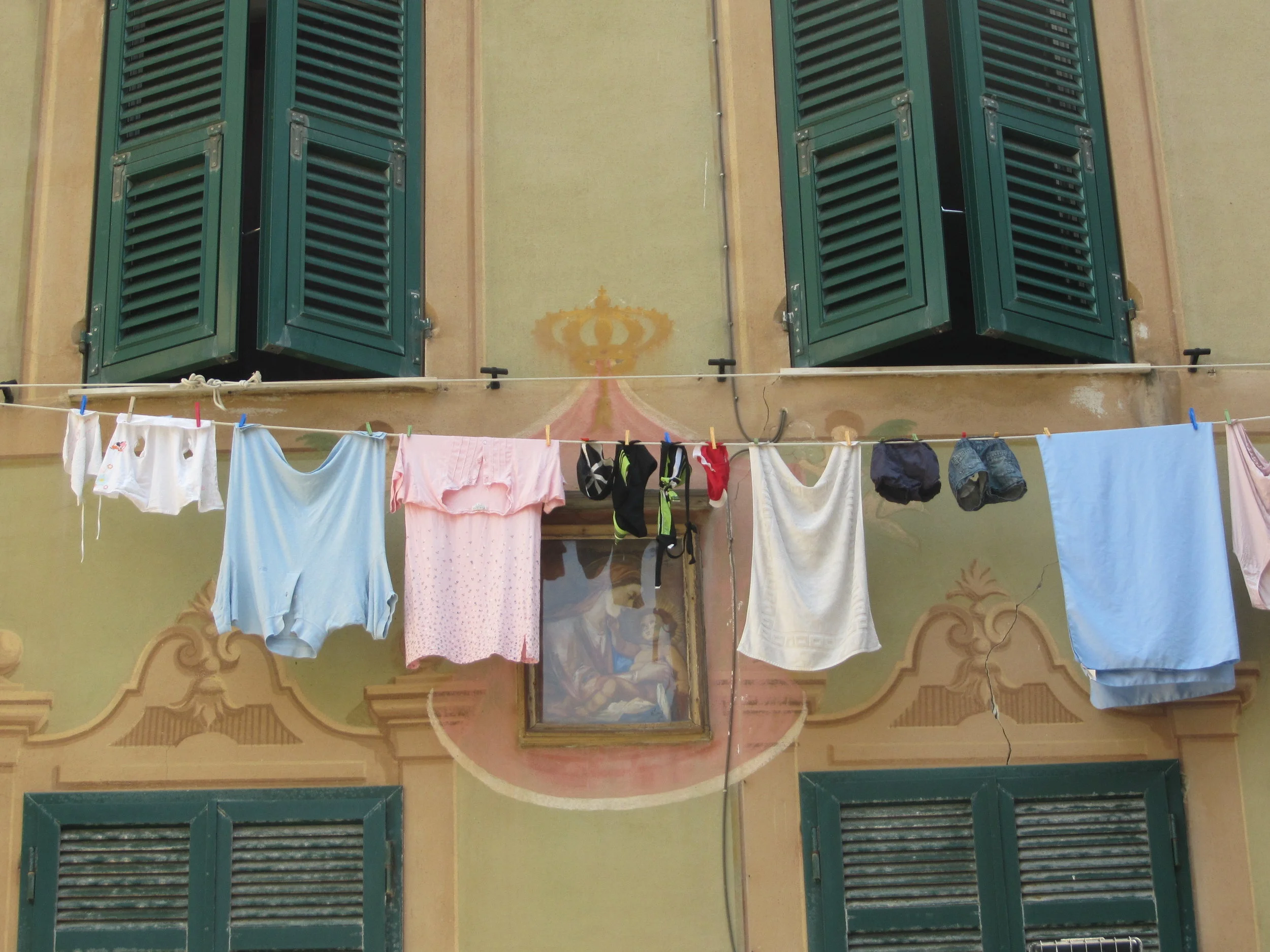
Laundry hanging on the line in Venice, Italy


Colosseum in Rome, Italy
The Colosseum is built of travertine limestone, tuff (volcanic rock), and brick-faced concrete. It could hold an estimated 50,000 to 80,000 spectators at various points in its history, having an average audience of some 65,000; it was used for gladiatorial contests and public spectacles including animal hunts, executions, re-enactments of famous battles, and dramas based on Roman mythology, and briefly mock sea battles. The building ceased to be used for entertainment in the early medieval era. It was later reused for such purposes as housing, workshops, quarters for a religious order, a fortress, a quarry, and a Christian shrine.
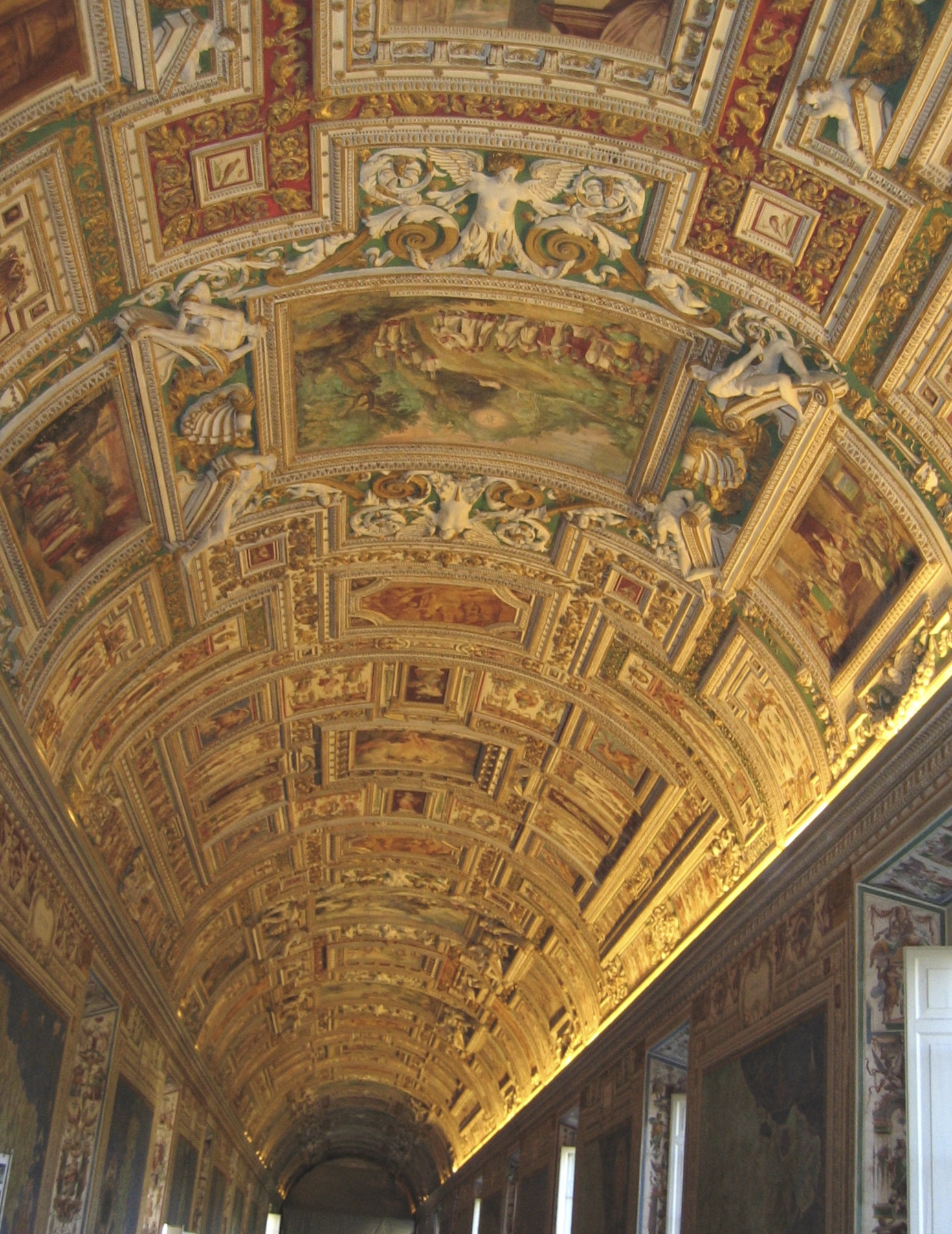
The Gallery of Maps in the Vatican Museum
The Gallery of Maps is a gallery located on the west side of the Belvedere Courtyard in the Vatican containing a series of painted topographical maps of Italy based on drawings by friar and geographer Ignazio Danti.
The gallery was commissioned in 1580 by Pope Gregory XIII as part of other artistic works commissioned by the Pope to decorate the Vatican. It took Danti three years (1580–1583) to complete the 40 panels of the 120 m-long gallery.

